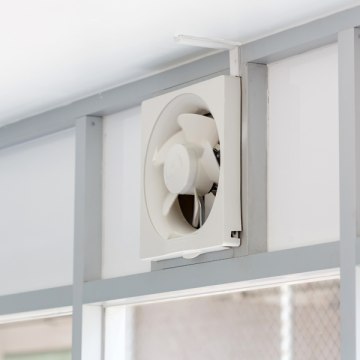

Your ventilation or VHR system may have a two-pin or four-pin plug. To be sure which socket you need for your device, we would like to explain the difference between Earthed and Perilex.


Two-pin plugs can be plugged into an earthed wall socket. These are the sockets in the house, garden and kitchen that we use every day to charge or connect our appliances. Three wires run from the socket to the 230-volt meter box: a positive, a negative and an earthed conductor. In most cases, this is enough for the appliances in and around your home.
Sockets with earthed grounding have additional contact points. These extra contact points are connected to the earth electrode by an earth wire. The earth electrode is made of copper or heavy galvanised metal and is buried in the ground. This earth electrode provides the actual contact with the earth. Sockets with edge earthing also make contact with the earth, but indirectly through the earth wire. The earth in these special sockets is therefore called an earthed plug or Europlug.
If more power is required, a Perilex socket provides the solution. The socket has four holes for the four pins of a Perilex plug. Four or five wires run from the meter box to transmit a large amount of power when in use.
If your mechanical ventilation system uses Perilex, it is necessary to use the extra wires for operation. The socket is then connected to the switch to adjust the position according to the situation. In this case, Perilex is not used for additional power.
To ensure that the conversion of a socket is carried out correctly and safely, it is advisable to consult an electrician.
Checking which socket you need is easy:
Converting a socket is a job for a professional.